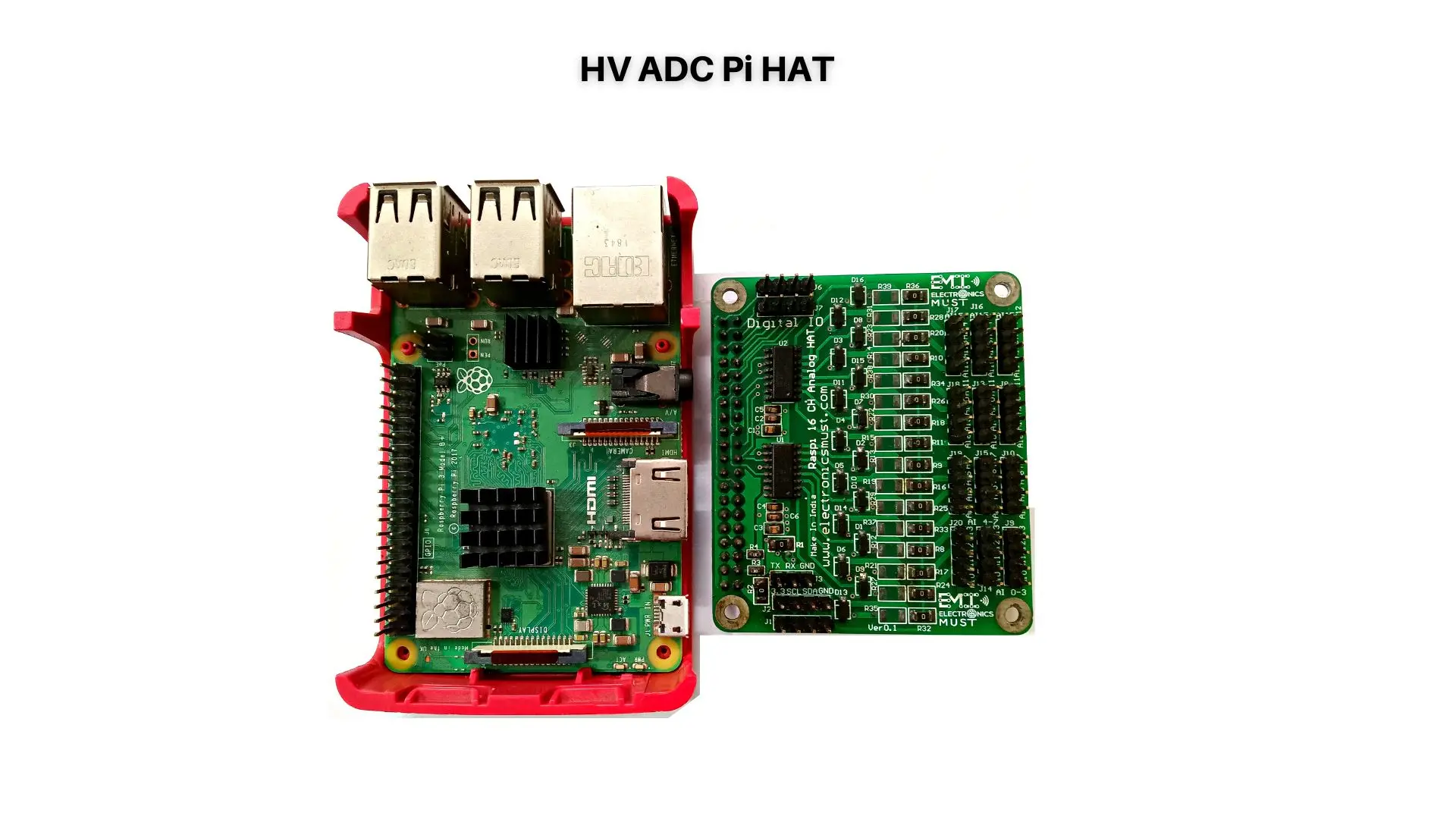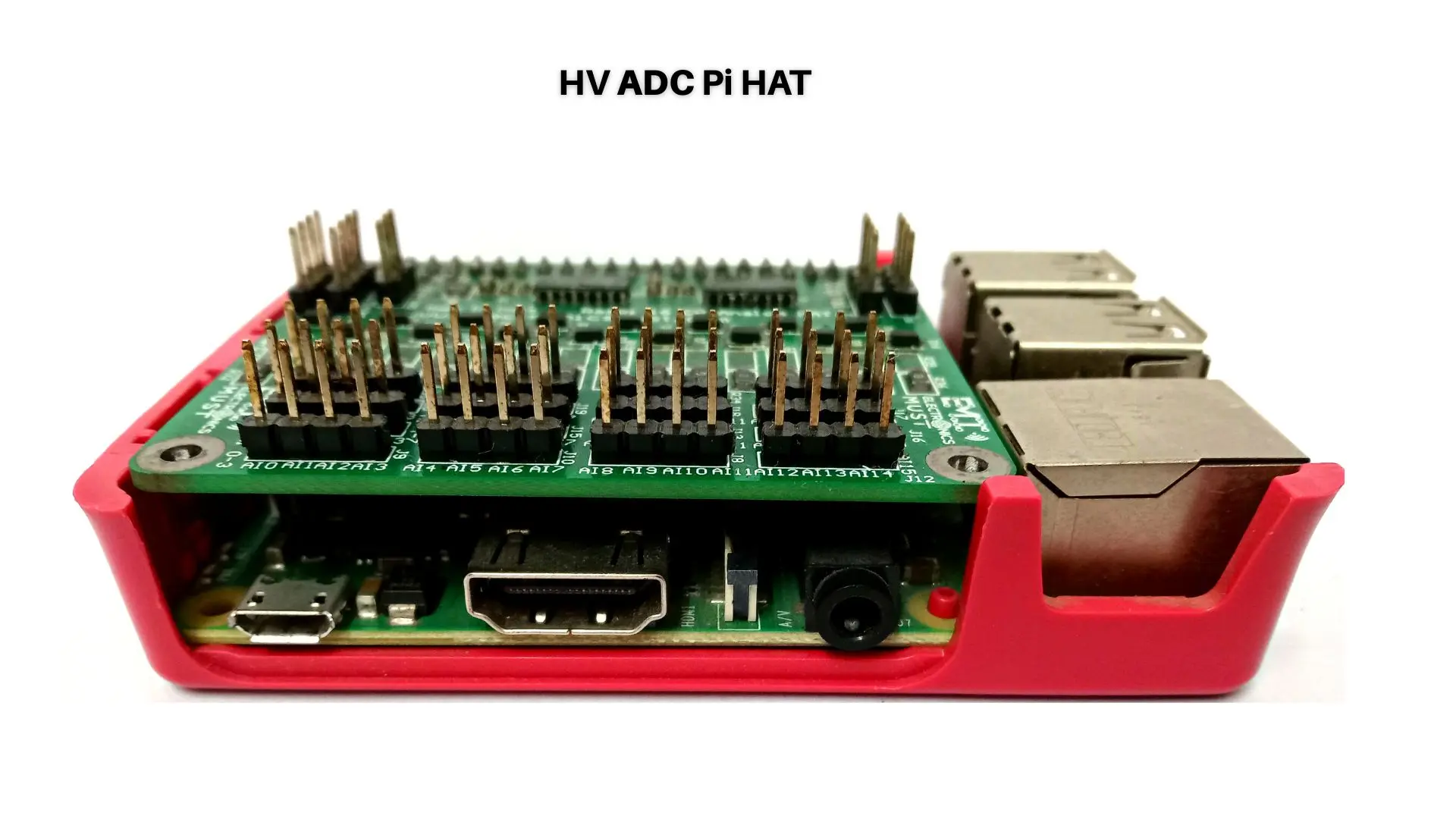Introduction
Analog keyboards have an undeniable charm and appeal, known for their warm and organic sound that resonates with musicians and enthusiasts alike. However, like any electronic instrument, analog keyboards can encounter issues from time to time. Troubleshooting these issues requires a combination of technical knowledge and practical problem-solving skills. In this blog, we will explore common issues that analog keyboards may face, delve into their possible causes, and provide practical solutions to help you keep your beloved instrument in top condition. Let’s embark on the journey of troubleshooting analog keyboards, ensuring that their timeless allure continues to captivate our hearts and ears.
Benefits of Analog Keyboards and Their Maintenance
1. Warm and Organic Sound: Analog keyboards are cherished for their warm and organic sound, generated by voltage-controlled circuits and natural harmonics. Maintaining the integrity of these circuits is essential to preserve the unique sonic character of analog instruments.
2. Expressive and Dynamic Performance: Analog keyboards offer expressive and dynamic performance capabilities. Troubleshooting and resolving issues promptly ensure that musicians can maintain control over parameters like pitch, amplitude, and modulation in real-time.
3. Vintage Aesthetics and Craftsmanship: Many analog keyboards boast timeless and classic design aesthetics, showcasing exquisite craftsmanship. Proper maintenance ensures that these vintage instruments continue to look and feel as stunning as they sound.
4. Longevity and Investment: Analog keyboards, particularly vintage ones, can be valuable investments. Regular maintenance and prompt troubleshooting can extend their lifespan and preserve their value over time.
Common Issues and Troubleshooting Solutions
1. No Sound Output: One of the most common issues is no sound output. This can be due to faulty audio cables, a malfunctioning power supply, or a problem with the output jack or internal audio path. Start by checking the audio cables and connections to ensure they are secure. If that doesn’t resolve the issue, inspect the power supply for any signs of damage or malfunction. Additionally, try connecting the keyboard to a different amplifier or audio interface to rule out any external issues. If the problem persists, it might be a more complex internal issue that requires professional repair.
2. Intermittent Sound or Crackling Noises: Intermittent sound or crackling noises can result from dirty or oxidized contacts in potentiometers (knobs), switches, or jacks. To address this issue, apply contact cleaner to the affected components. Turn the knobs and toggle switches back and forth several times after applying the cleaner to remove any dirt or oxidation. Be sure to use a cleaner specifically designed for electronic components. If the problem persists, it may require deeper inspection and repair by a qualified technician.
3. Sticky or Stuck Keys: Over time, keys on analog keyboards may become sticky or stuck due to dust, debris, or worn key bushings. Carefully remove the keybed or individual keys (if possible) and clean the key contacts and key bushings with a soft cloth and isopropyl alcohol. Exercise the keys after cleaning to ensure smooth movement. If the problem persists, consult the manufacturer’s service manual or seek professional assistance.
4. Pitch Drift or Unstable Tuning: Analog keyboards with voltage-controlled oscillators (VCOs) can experience pitch drift or unstable tuning due to fluctuations in temperature or aging components. Calibrate the VCOs following the manufacturer’s instructions or consult a service manual. This process involves adjusting the VCOs to produce accurate and stable pitches. Keep in mind that periodic calibration may be necessary, especially for vintage instruments.
5. Unresponsive Modulation or Control Inputs: Unresponsive modulation or control inputs can be caused by faulty or dirty control components, such as potentiometers, faders, or modulation sources. Inspect and clean the control components using contact cleaner as described earlier. If that doesn’t resolve the issue, check the wiring and connections for any loose or disconnected wires. If the problem persists, it may require professional repair to replace faulty components.
6. Noise or Hum in the Audio Output: Noise or hum in the audio output can be caused by ground loops, improper shielding, or faulty power supply filtering. Ensure that all audio cables are properly shielded and that the keyboard’s power supply is properly grounded. If necessary, use a ground loop isolator to eliminate any ground loop issues. If the problem continues, check the power supply and its filtering components for any signs of failure.
4. Lack of Responsiveness in Modulation and Envelope Controls: If modulation and envelope controls (e.g., LFO rate, envelope times) are not responding correctly, it may be due to aging capacitors or other components in the modulation circuitry. Check the modulation circuitry for any aged or faulty capacitors and replace them if necessary. Also, inspect other components in the modulation path for signs of wear and tear. Replacing aging components can often restore the keyboard’s responsiveness.
Conclusion
Troubleshooting analog keyboards is a rewarding journey that combines technical knowledge with a passion for music and craftsmanship. The benefits of analog keyboards, including their warm and organic sound, expressive performance capabilities, vintage aesthetics, and potential for long-term investment, make them worth the effort of proper maintenance and troubleshooting.
By understanding common issues and applying practical solutions, musicians can ensure that their analog keyboards continue to enchant with their timeless allure. Whether it’s cleaning potentiometers, calibrating oscillators, or replacing aging components, each step in troubleshooting enhances the keyboard’s performance and preserves its magic.
As we celebrate the charm of vintage analog keyboards, we embrace the beauty of their imperfections and the artistry of their craftsmanship. In this world of sonic wonder, the heart and soul of analog keyboards shine brightly, bridging the past and the future in a harmonious dance of sound and expression.
So, let us embark on the journey of troubleshooting analog keyboards, where music and technology intertwine to create melodies that echo through eternity. With each resolved issue and restored note, we honor the legacy of these iconic instruments and the musicians who keep their magic alive.






